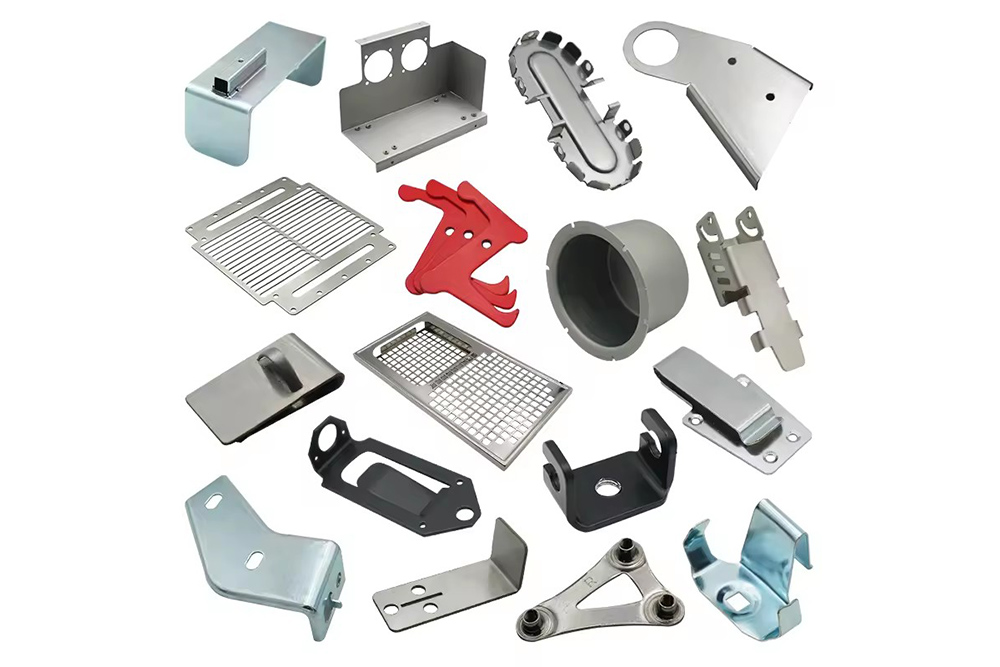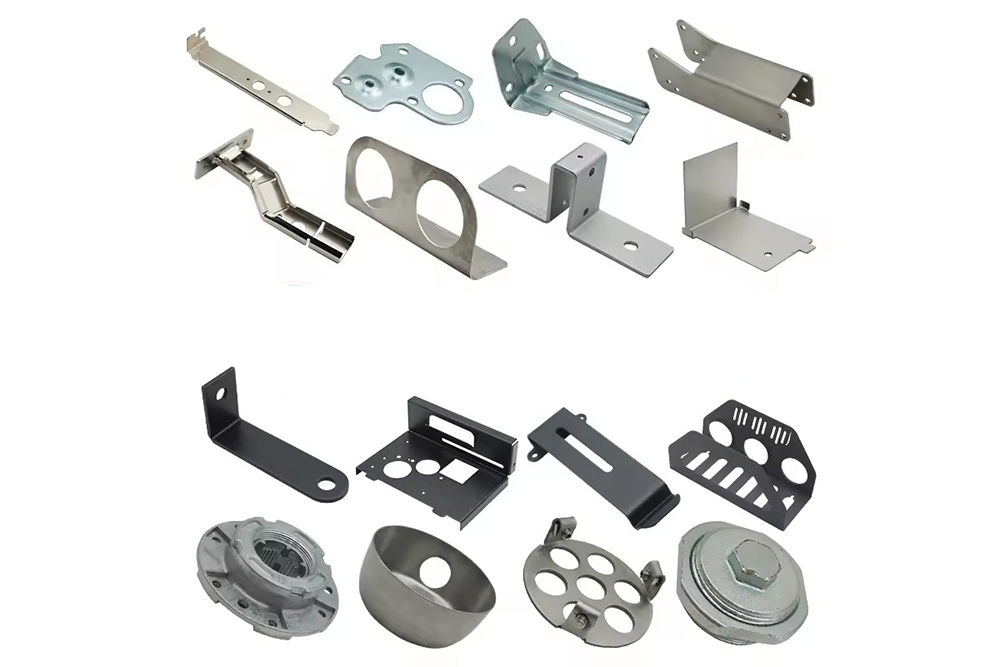Definition of Metal Work Fabrication
Metal work fabrication refers to the process of cutting, shaping, and assembling raw metal into finished products or structures. Unlike simple machining, which focuses on removing material, fabrication is a broader practice that combines multiple methods such as welding, bending, cutting, and assembling. It serves as the foundation for creating parts, machinery, tools, and structural elements used across construction, automotive, aerospace, energy, and consumer industries.

The fabrication process involves several key steps:
1. Design and Engineering – Using CAD software, engineers create detailed
blueprints with specifications on dimensions, tolerances, and materials.
2. Cutting – Sheets, plates, or bars of metal are cut using methods such as laser
cutting, plasma cutting, or waterjet cutting.
3. Forming and Bending – Metals are reshaped into desired geometries through
press brakes, rolling, or stamping.
4. Welding and Joining – Components are fused together using techniques like
MIG, TIG, or spot welding.
5. Machining and Finishing – Milling, drilling, and grinding refine dimensions and
surfaces.
6. Assembly and Quality Inspection – Final parts are assembled, tested, and
inspected to meet industry standards.
Metal fabrication can be categorized into several main types:
Structural Fabrication – Large-scale projects such as bridges, building frames, and heavy equipment.
Industrial Fabrication – Components for machinery, tools, and production equipment.
Commercial Fabrication – Everyday items such as furniture, appliances, and store fixtures.
Custom Fabrication – Tailored solutions for specialized projects, often involving prototypes or small-batch production.
This classification highlights the adaptability of metal fabrication to projects of any scale.
Services Offered
Custom Design Consultation – Engineers collaborate with clients to optimize product designs.
Prototyping and Testing – Small-scale samples are produced for validation before mass production.
Surface Finishing – Processes like powder coating, painting, galvanizing, or anodizing to improve durability and aesthetics.
Assembly and Packaging – Delivering ready-to-use parts or subassemblies.
Logistics and Supply Chain Support – Coordinating sourcing, inventory, and delivery for large projects.
Such services ensure a complete, end-to-end solution for customers.

Advantages
The popularity of metal fabrication lies in its many benefits:
Versatility – Capable of handling diverse metals such as steel, aluminum, titanium, and copper.
Durability – Fabricated metal products often last longer than those made from alternative materials.
Precision and Consistency – CNC integration guarantees accurate results across large production runs.
Cost Efficiency – Optimized processes reduce waste and minimize production time.
Design Flexibility – Enables the creation of complex and customized structures.
These advantages make metal fabrication indispensable in industries seeking quality and efficiency.
Applications
Construction – Beams, columns, and panels for infrastructure and commercial buildings.
Automotive – Chassis, body panels, exhaust systems, and custom parts.
Aerospace – Lightweight yet strong components for aircraft and spacecraft.
Energy and Utilities – Pipelines, renewable energy equipment, and power plant structures.
Medical and Healthcare – Surgical instruments, hospital equipment, and mobility devices.
Consumer Products – Appliances, furniture, and decorative items.
Its wide-ranging applications underline its role as a backbone of modern life.
Future Outlook
The development prospects for metal work fabrication remain highly positive:
1. Automation and Robotics – Increasing reliance on robotic welding, cutting, and
assembly to improve efficiency.
2. Smart Manufacturing Integration – IoT and AI-driven monitoring systems that
enhance productivity and quality.
3. Sustainability – Growing emphasis on recycling scrap metals, reducing
emissions, and adopting energy-efficient methods.
4. Hybrid Technologies – Combining additive manufacturing with traditional
fabrication to expand design capabilities.
5. Global Market Growth – Rising demand from renewable energy, electric
vehicles, and infrastructure projects worldwide.
Conclusion
Metal work fabrication is more than just bending and welding—it is the foundation upon which industries are built. Defined by its diverse processes, flexible classifications, and expanding services, fabrication ensures that modern society has the structures, machines, and tools it needs to thrive. As technology advances and industries pursue greener, smarter production, metal work fabrication will continue to evolve, shaping not just metal, but the future of global manufacturing.

